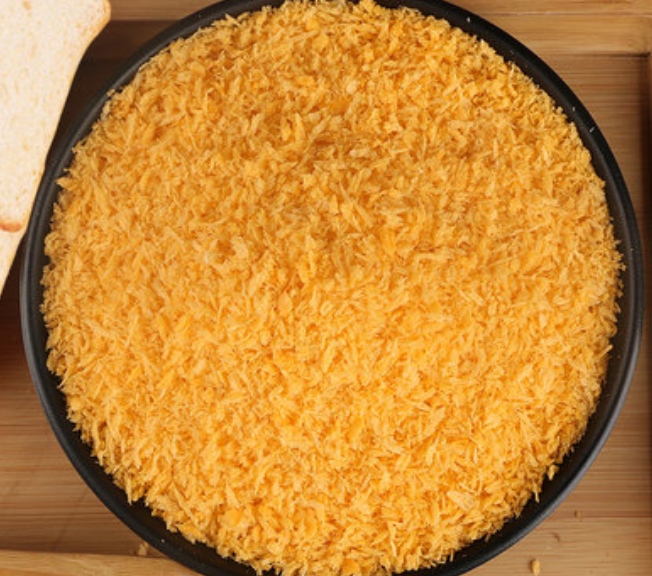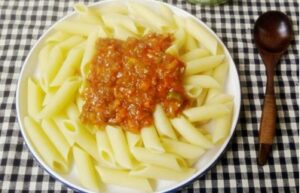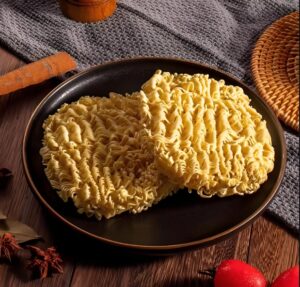<h1>Types of Bread Crumbs: A Comprehensive Guide for Global Trade</h1>In the bustling world of international food trade, bread crumbs serve as a versatile ingredient, used in everything from coatings to fillings. This article explores the various types of bread crumbs, helping B2B professionals understand their differences, applications, and trade implications. Whether you’re an exporter, importer, or manufacturer, knowing these categories can enhance product sourcing and market strategies.
bread crumbs making machine
ToggleWhat Are Bread Crumbs and Why Do They Matter in Trade?
Bread crumbs are finely ground pieces of bread, often dried for extended shelf life. They play a key role in the food industry, adding texture and flavor to dishes like fried foods and casseroles. For foreign trade, bread crumbs represent a high-demand commodity, with global exports reaching millions of tons annually. Understanding their types ensures compliance with international standards and meets diverse consumer preferences.
From a B2B perspective, bread crumbs are categorized based on processing methods, ingredients, and intended use. This classification aids in negotiating deals, as different types vary in cost, shelf stability, and application suitability. Let’s delve into the main categories to equip you with actionable insights for your trade operations.
Common Types of Bread Crumbs
Bread crumbs come in several varieties, each tailored to specific culinary and industrial needs. Below, we outline the primary types, highlighting their characteristics and trade relevance to help you make informed decisions.
Fresh Bread Crumbs
Fresh bread crumbs are made from soft, moist bread that’s ground without drying. They retain a tender texture, ideal for moist recipes like meatloaves or stuffings. In trade, these are less common for export due to their short shelf life, typically just a few days, which increases shipping risks and costs.
Manufacturers often produce fresh crumbs on demand for local markets, but for global B2B sales, they require specialized packaging like vacuum-sealing to preserve freshness. This type appeals to premium buyers seeking natural, additive-free options, potentially commanding higher prices in niche markets.
Dried Bread Crumbs
Dried bread crumbs undergo a dehydration process, making them lightweight and long-lasting. They are versatile for coatings in fried foods and baking, with a shelf life of up to a year when stored properly. In foreign trade, this type dominates exports due to its ease of transportation and resistance to spoilage.
Exporters favor dried crumbs for their cost-effectiveness; they reduce weight in shipments, lowering logistics expenses. However, quality can vary based on drying methods, so B2B buyers should verify moisture content to avoid clumping or microbial issues during transit.
Panko Bread Crumbs
Panko bread crumbs originate from Japan and feature a light, flaky texture derived from crustless white bread. They’re prized for creating a crispy exterior in fried dishes without absorbing excess oil, making them popular in Asian and Western cuisines. In global trade, panko has seen exponential growth, with exports driven by demand from fast-food chains and home cooks.
For B2B professionals, panko represents a high-value segment. It’s often certified for specific markets, like Halal or Kosher, which can open doors to religiously sensitive regions. Manufacturers should focus on consistent flake size and whiteness for premium pricing in competitive markets like Europe and North America.
Seasoned Bread Crumbs
Seasoned bread crumbs are infused with herbs, spices, and sometimes cheese or garlic for added flavor. This type is ready-to-use, saving time in food preparation and appealing to convenience-focused consumers. In trade, seasoned varieties are a staple for processed food exporters, as they enhance product lines like frozen appetizers.
B2B sellers must navigate flavor regulations across borders, such as EU spice limits, to avoid import rejections. Customization options, like Italian or Mexican seasoning blends, allow exporters to tailor products for specific markets, boosting competitiveness in the global food supply chain.
Gluten-Free Bread Crumbs
Gluten-free bread crumbs are made from alternative grains like rice, almond, or oats, catering to health-conscious and allergy-sensitive consumers. Their rise is linked to increasing awareness of celiac disease and dietary trends. For foreign trade, this category is expanding rapidly, with exports growing due to demand in regions like the U.S. and Australia.
Manufacturers in the B2B space should prioritize certifications like Gluten-Free Certified to build trust. These crumbs often command a premium price, but they require careful sourcing of ingredients to prevent cross-contamination, which can be a key selling point in international negotiations.
Flavored and Specialty Bread Crumbs
Flavored bread crumbs extend beyond basic seasonings, incorporating unique elements like smoked paprika, chili, or even nutritional additives like protein powders. Specialty types might include organic or whole-grain options, targeting niche markets. In global trade, these innovative variants differentiate products in saturated markets.
Exporters can leverage flavored crumbs to enter high-margin segments, such as gourmet food exports. However, they must comply with local labeling laws, like FDA requirements in the U.S., to ensure smooth customs clearance and avoid costly delays.
Manufacturing and Production Processes
The production of bread crumbs involves baking bread, grinding it, and processing it further based on the type. For B2B operations, efficient manufacturing is crucial for scaling exports. Automated lines can produce large volumes, but quality control is essential to maintain consistency.
Different types require specific techniques; for instance, panko needs gentle grinding to preserve its texture. In trade, understanding these processes helps buyers assess supplier capabilities and negotiate better terms, such as bulk discounts for high-volume orders.
Applications in the Food Industry
Bread crumbs are integral to various food applications, from coatings in seafood and poultry to binders in sausages. In B2B contexts, they enhance product formulations for restaurants, food service providers, and packaged goods manufacturers. Their versatility drives demand in export markets.
For example, in the Asia-Pacific region, panko is used extensively in tempura, while in Europe, seasoned crumbs are popular for schnitzel. Exporters should analyze regional preferences to align their offerings, potentially increasing market penetration and sales volume.
Quality Standards and Certifications for Export
Ensuring bread crumbs meet international quality standards is vital for successful trade. Certifications like ISO 22000 for food safety and HACCP for hazard analysis are common requirements. B2B professionals must verify these to comply with import regulations in destinations like the EU or U.S.
Additional standards, such as organic or non-GMO certifications, can add value and justify higher pricing. Regular testing for contaminants like pesticides ensures products pass border inspections, safeguarding your brand’s reputation in global markets.
Global Trade Insights for Bread Crumbs
The bread crumbs market is influenced by global trends, including sustainable sourcing and e-commerce growth. Major exporters include the U.S., China, and the EU, with imports rising in developing regions. B2B strategies should focus on supply chain resilience amid disruptions like pandemics or trade wars.
Opportunities abound in emerging markets, where urbanization is boosting processed food demand. Exporters can use platforms like Alibaba for B2B connections, while importers benefit from analyzing trade data to predict price fluctuations and secure favorable deals.
Frequently Asked Questions
Here are some common questions about bread crumbs, answered to assist B2B professionals in their trade endeavors.
What is the difference between panko and regular bread crumbs? Panko offers a lighter, crispier texture due to its unique processing, making it ideal for frying, whereas regular crumbs are denser and better for binding.
How do I store bread crumbs for export? Keep them in airtight containers in a cool, dry place; for long-distance shipping, use moisture barriers to prevent spoilage.
Are gluten-free bread crumbs more expensive to produce? Yes, due to specialized ingredients and processing to avoid cross-contamination, which can increase costs by 20-50% compared to traditional types.
What certifications are essential for exporting bread crumbs? Key ones include FDA approval for the U.S., CE marking for Europe, and Halal certification for Middle Eastern markets.
How can I identify high-quality bread crumbs as a buyer? Look for uniform texture, low moisture content, and proper labeling with batch numbers for traceability.
Conclusion
In summary, understanding the types of bread crumbs—from fresh and dried to specialized gluten-free and flavored options—empowers B2B professionals in foreign trade to navigate markets effectively. By considering manufacturing processes, applications, and global standards, you can optimize sourcing, enhance product quality, and drive profitable exports. Stay informed on trends to capitalize on this dynamic industry, ensuring long-term success in the competitive world of food trade.









